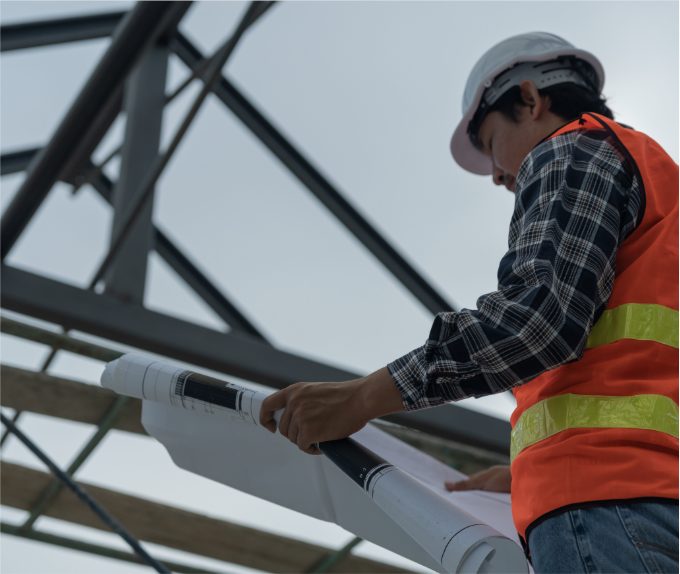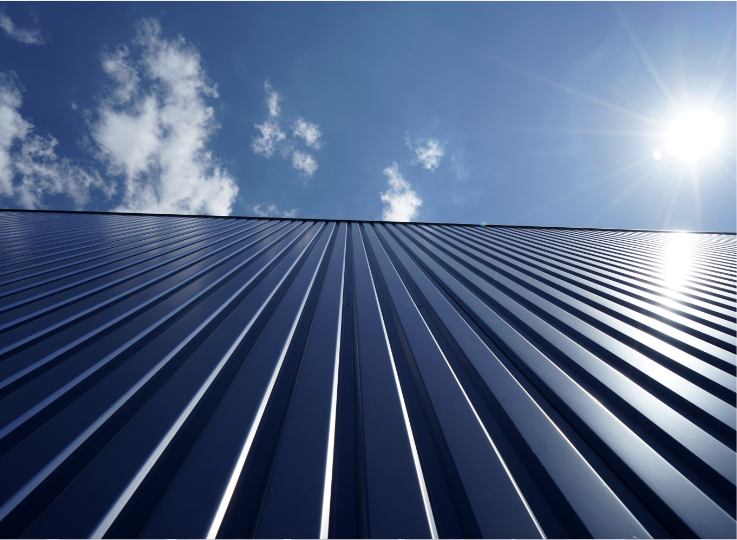Commercial Roof Replacement
Protect Your Business With a New Commercial Roof: a Guide to Roof Replacement
When it comes to maintaining a commercial property, the roof often goes unnoticed until problems arise. However, a failing roof can lead to significant damage, costly repairs, and disruptions to business operations. Recognizing the signs that your commercial roof needs replacement is crucial for protecting your investment. This article explores the benefits of commercial roof replacement and outlines the steps professional roofing installers take to ensure your new roof meets your business needs.
Energy Efficiency
Modern roofing materials are designed with energy efficiency in mind. A new commercial roof can significantly reduce heating and cooling costs by providing better insulation and reflecting more sunlight, keeping your building cooler in the summer and warmer in the winter. This saves money on utility bills and contributes to a more comfortable indoor environment.

Protection Against Weather Conditions
A well-installed commercial roof offers reliable protection against weather conditions like heavy rain, snow, high winds, and extreme temperatures. Quality materials and installation ensures that your building remains dry and secure, reducing the risk of water damage and the need for emergency repairs.
Aesthetic Value
The appearance of your commercial building plays an important role in how customers perceive your business. A new roof can enhance your curb appeal, potentially attracting more customers. Whether you opt for traditional materials or something more modern, a new roof can be tailored to complement your building's architectural style.
Testimonials
The Commercial Roof Replacement Process: a Step-by-Step Overview
Scrutinous Inspection and Analysis
The first step involves a thorough inspection of the existing roof, which helps identify any issues such as leaks, damaged materials, or structural weaknesses. We will also evaluate the roof's insulation and ventilation needs.
Removal of the Old Roof
Once the inspection is complete, the old roofing materials are carefully removed. This step must be executed with care to avoid damaging the underlying structure. Any debris is cleared away to prepare for the installation of the new roof.
Inspecting and Repairing the Substrate
Before installing new roofing materials, the substrate (the support structure beneath the roofing material) is closely inspected. Any damaged or weakened areas are repaired or replaced to ensure a solid foundation for the new roof. This is crucial for the roof's quality and longevity.
Installation of the New Commercial Roof
With the substrate prepared, the installation of the new roofing materials begins. The choice of materials depends on several factors, including the building's design, climate considerations, and budget. Options range from traditional asphalt shingles and metal panels to modern single-ply membranes and green roofing systems. After the installation is complete, a final inspection is conducted to ensure the roof meets the highest quality standards. The site is then cleaned up, leaving the property in pristine condition.
Investing in a commercial roof replacement will safeguard your property, enhance its appearance, and improve energy efficiency. By understanding the process and working with experienced professionals, you can ensure a successful project that benefits your business for many years to come.

